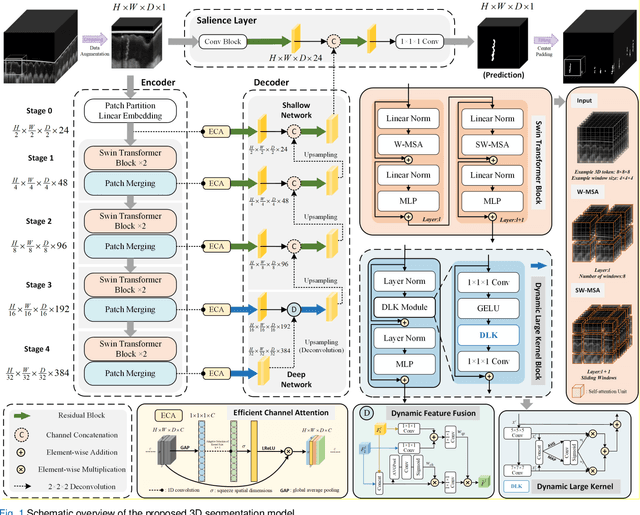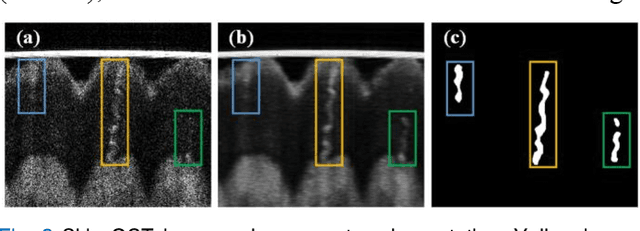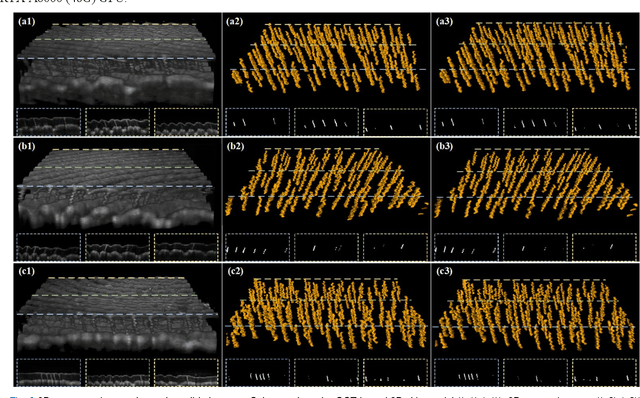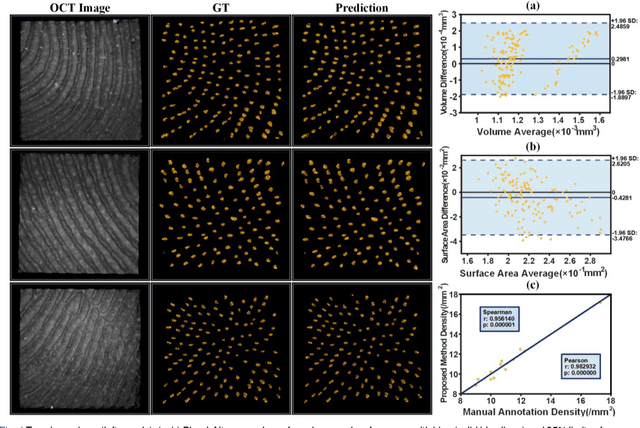Zhixuan Wang
A Computational Approach to Epilepsy Treatment: An AI-optimized Global Natural Product Prescription System
May 10, 2025Abstract:Epilepsy is a prevalent neurological disease with millions of patients worldwide. Many patients have turned to alternative medicine due to the limited efficacy and side effects of conventional antiepileptic drugs. In this study, we developed a computational approach to optimize herbal epilepsy treatment through AI-driven analysis of global natural products and statistically validated randomized controlled trials (RCTs). Our intelligent prescription system combines machine learning (ML) algorithms for herb-efficacy characterization, Bayesian optimization for personalized dosing, and meta-analysis of RCTs for evidence-based recommendations. The system analyzed 1,872 natural compounds from traditional Chinese medicine (TCM), Ayurveda, and ethnopharmacological databases, integrating their bioactive properties with clinical outcomes from 48 RCTs covering 48 epilepsy conditions (n=5,216). Using LASSO regression and SHAP value analysis, we identified 17 high-efficacy herbs (e.g., Gastrodia elata [using \'e for accented characters], Withania somnifera), showing significant seizure reduction (p$<$0.01, Cohen's d=0.89) with statistical significance confirmed by multiple testing (p$<$0.001). A randomized double-blind validation trial (n=120) demonstrated 28.5\% greater seizure frequency reduction with AI-optimized herbal prescriptions compared to conventional protocols (95\% CI: 18.7-37.3\%, p=0.003).
3D Deep-learning-based Segmentation of Human Skin Sweat Glands and Their 3D Morphological Response to Temperature Variations
Apr 24, 2025



Abstract:Skin, the primary regulator of heat exchange, relies on sweat glands for thermoregulation. Alterations in sweat gland morphology play a crucial role in various pathological conditions and clinical diagnoses. Current methods for observing sweat gland morphology are limited by their two-dimensional, in vitro, and destructive nature, underscoring the urgent need for real-time, non-invasive, quantifiable technologies. We proposed a novel three-dimensional (3D) transformer-based multi-object segmentation framework, integrating a sliding window approach, joint spatial-channel attention mechanism, and architectural heterogeneity between shallow and deep layers. Our proposed network enables precise 3D sweat gland segmentation from skin volume data captured by optical coherence tomography (OCT). For the first time, subtle variations of sweat gland 3D morphology in response to temperature changes, have been visualized and quantified. Our approach establishes a benchmark for normal sweat gland morphology and provides a real-time, non-invasive tool for quantifying 3D structural parameters. This enables the study of individual variability and pathological changes in sweat gland structure, advancing dermatological research and clinical applications, including thermoregulation and bromhidrosis treatment.
Advancing Multimodal Data Fusion in Pain Recognition: A Strategy Leveraging Statistical Correlation and Human-Centered Perspectives
Mar 30, 2024Abstract:This research tackles the challenge of integrating heterogeneous data for specific behavior recognition within the domain of Pain Recognition, presenting a novel methodology that harmonizes statistical correlations with a human-centered approach. By leveraging a diverse range of deep learning architectures, we highlight the adaptability and efficacy of our approach in improving model performance across various complex scenarios. The novelty of our methodology is the strategic incorporation of statistical relevance weights and the segmentation of modalities from a human-centric perspective, enhancing model precision and providing a explainable analysis of multimodal data. This study surpasses traditional modality fusion techniques by underscoring the role of data diversity and customized modality segmentation in enhancing pain behavior analysis. Introducing a framework that matches each modality with an suited classifier, based on the statistical significance, signals a move towards customized and accurate multimodal fusion strategies. Our contributions extend beyond the field of Pain Recognition by delivering new insights into modality fusion and human-centered computing applications, contributing towards explainable AI and bolstering patient-centric healthcare interventions. Thus, we bridge a significant void in the effective and interpretable fusion of multimodal data, establishing a novel standard for forthcoming inquiries in pain behavior recognition and allied fields.
 Add to Chrome
Add to Chrome Add to Firefox
Add to Firefox Add to Edge
Add to Edge